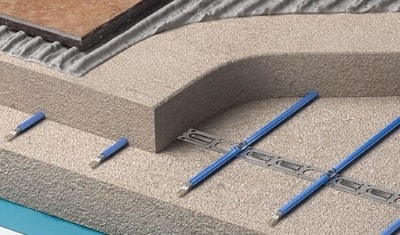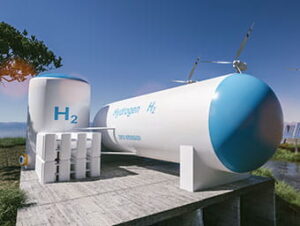A Comprehensive Guide to Underfloor Heating Systems: Exploring Various Types for Optimal Comfort
Underfloor heating systems have gained popularity as an efficient and luxurious way to heat homes. This article delves into different types of underfloor heating systems, highlighting their unique features and benefits. Whether you’re renovating or building a new home, understanding these systems will help you make an informed decision for optimal comfort.
Let’s Dig in!
1. Electricity-Based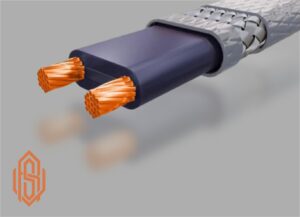
Electric underfloor heating is a popular choice due to its versatility and ease of installation. It utilizes electric cables or mats installed beneath the floor surface. This system provides quick and responsive heating, allowing for independent temperature control in each room. Moreover, electric underfloor heating is compatible with various flooring types, including tiles, laminate, and engineered wood. Transitioning from cold to warm floors is seamless, thanks to its rapid heat-up time. However, it is important to consider the increased electricity consumption and potential installation costs associated with this system.
2. Hydronic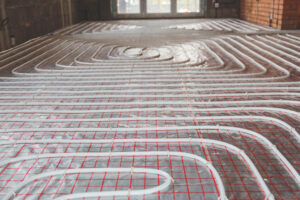
Hydronic underfloor heating systems employ heated water circulated through a network of pipes beneath the floor. This type of system offers efficient and consistent heat distribution, resulting in lower operating costs compared to electric systems. With the ability to use different heat sources, such as boilers or heat pumps, hydronic underfloor heating is highly flexible. In addition, this system provides a gentle and comfortable heat, making it ideal for larger spaces. Transitioning between different rooms is seamless, ensuring a comfortable temperature throughout the entire home. However, installation can be more complex and may require professional expertise.
3. Air-Based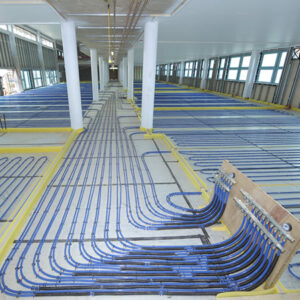
Air underfloor heating systems utilize ducts to circulate warm air beneath the floor, promoting efficient heat transfer. This type of system is often more affordable to install compared to electric or hydronic systems. It can be easily integrated with existing HVAC systems, allowing for enhanced energy efficiency and reduced operating costs. Air underfloor heating offers quick heat-up times and precise temperature control in individual zones. However, it may not provide the same level of comfort as hydronic systems and may require additional insulation to optimize performance.
Conclusion
Choosing the right underfloor heating system involves considering several factors, including your budget, energy efficiency goals, and desired level of comfort. Electricity-Based systems offers versatility and quick heat-up times, while hydronic systems provide consistent warmth and lower operating costs. Air-Based type is an affordable option that can integrate with existing HVAC systems. Transitioning between rooms with underfloor heating systems is seamless, ensuring a comfortable environment throughout your home. By understanding the different types of underfloor heating systems, you can make an informed decision that best suits your needs and preferences.

